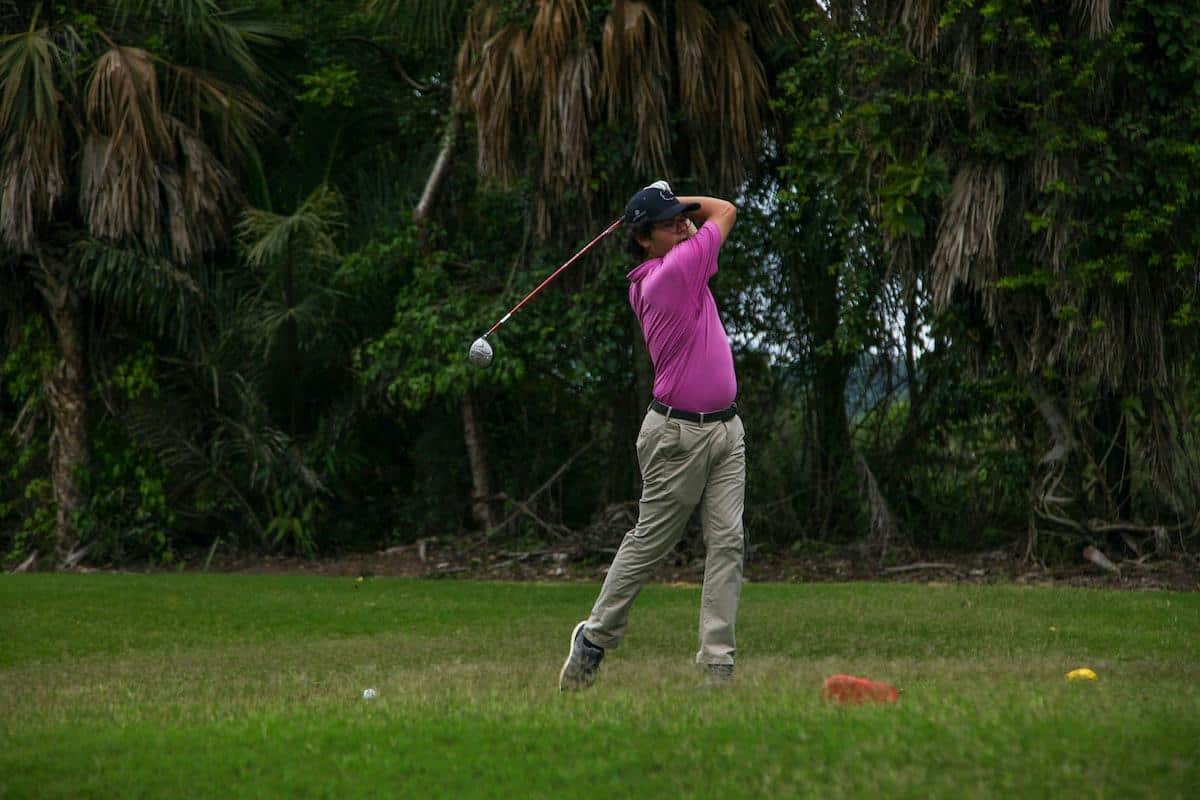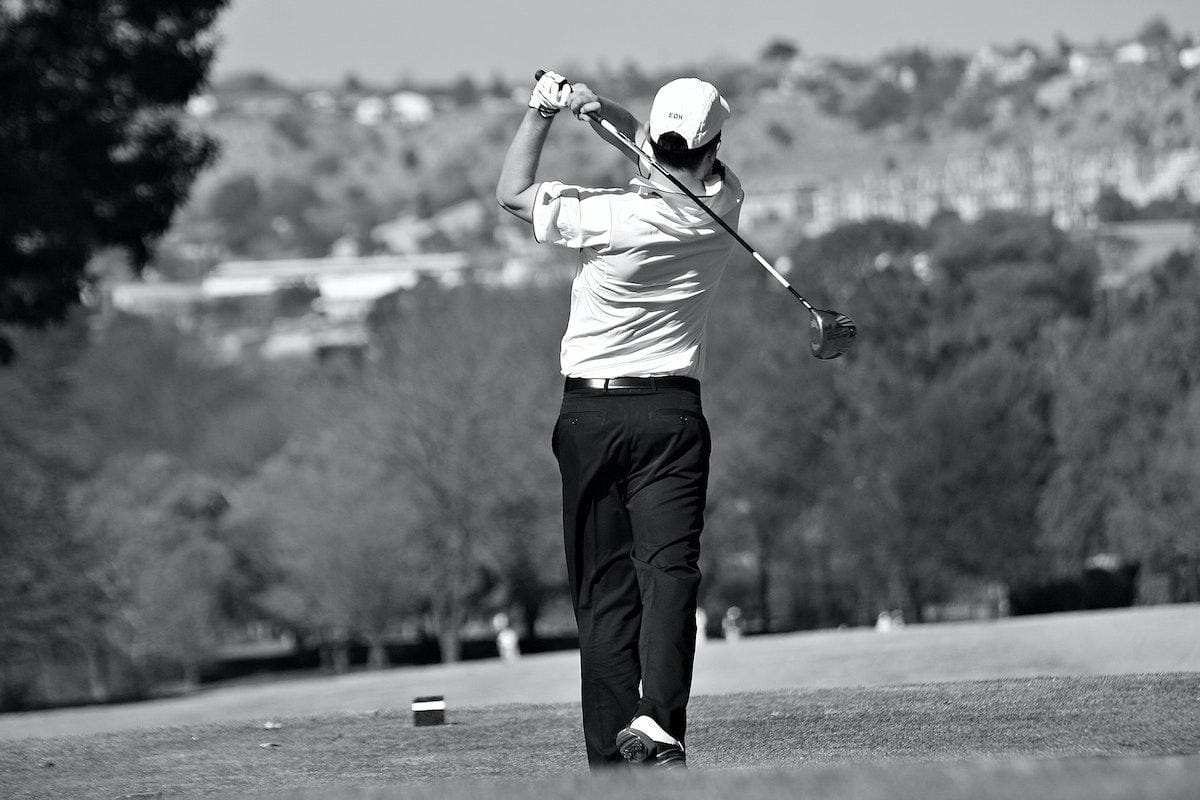Introduction
Golf, a sport of precision and finesse, demands not only skill but also a healthy body. One key aspect often overlooked by many golf enthusiasts is the impact of golf physical therapy on their swing. Understanding the significance of maintaining physical well-being can substantially improve your game and overall enjoyment of this elegant sport.
In this article, we will explore how incorporating golf physical therapy can enhance your swing and prevent common injuries, ensuring you stay on the course for years to come.
If you’re interested in optimizing your golf performance, check out The Royal Treatment – Golf Performance for valuable insights and expertise.
Most Common Golf Injuries
Golf is a beautiful game, but it’s not without its physical challenges. While golf offers various health benefits, participants may still encounter injuries associated with the sport.
Fortunately, the reassuring news for golfers is that injury rates during golf play remain remarkably low compared to those in other sports.
Let’s delve into some of the most common golf injuries and discover how they can impact your swing and overall performance.
Hunching and Rotational Stress
Muscles Affected: The muscles primarily affected by hunching and rotational stress include the muscles along the spine, such as the erector spinae, and the muscles responsible for rotation, such as the obliques.
Causes: The primary cause is the repetitive and forceful rotational movement during a golf swing. Poor posture and inadequate warm-up can contribute to increased stress on these muscles.
Shoulder Pain
Muscles Affected: The muscles most commonly affected in shoulder pain include the rotator cuff muscles (supraspinatus, infraspinatus, teres minor, and subscapularis) and the deltoid muscles.
Causes: Overuse of the shoulder joint during the golf swing, improper swing mechanics, and inadequate shoulder strength are common causes of shoulder pain in golfers.
Rotator Cuff Issues
Muscles Affected: The rotator cuff muscles, which include the supraspinatus, infraspinatus, teres minor, and subscapularis.
Causes: Overexertion during the swing, poor biomechanics, and lack of proper conditioning are key contributors to rotator cuff issues.
Tennis Elbow
Muscles Affected: The extensor muscles of the forearm, particularly the extensor carpi radialis brevis.
Causes: Repetitive gripping and swinging motions during golf can strain the forearm extensors, leading to tennis elbow. Incorrect grip technique and equipment issues may also contribute.
Knee Pain
Muscles Affected: The muscles around the knee joint, including the quadriceps, hamstrings, and calf muscles.
Causes: The twisting forces during the swing can strain the knee joint. Poor weight distribution, lack of lower body strength, and improper pivoting contribute to knee pain in golfers.
Exercises To Improve Your Golf Swing and Avoid Injury

More and more evidence backs the recommendation of strength training to boost performance and lower the risk of injury.
Now, let’s delve into specific exercises designed to enhance your golf swing and prevent injuries.
Planks
Building a strong core is essential for a powerful and controlled swing. This exercise provides stability and balance during your swing.
Target Muscles: Planks target the entire core, including the rectus abdominis, transverse abdominis, and obliques.
How to Do Planks:
- Start in a push-up position with your arms straight and your hands directly beneath your shoulders.
- Engage your core and keep your body in a straight line from head to heels.
- Hold the position for as long as you can, focusing on maintaining proper form.
- Gradually increase the duration as you build strength.
Standing Wood Chop
Mimicking the rotational movement of a golf swing. Incorporating this into your routine can lead to a more controlled and powerful swing.
Target Muscles: The standing wood chop exercise targets the core muscles, especially the obliques.
How to Do Standing Wood Chop:
- Stand with your feet shoulder-width apart, holding a weight or medicine ball with both hands.
- Rotate your torso to one side, keeping your arms straight.
- Pivot on your back foot as you bring the weight diagonally across your body.
- Return to the starting position and repeat on the other side.
- Perform controlled movements, focusing on engaging your core.
Dumbbell Raises/Rotator Cuff Exercises
Targeting the rotator cuff with specific exercises can prevent injuries and improve overall shoulder strength.
Target Muscles: Simple dumbbell raises and rotator cuff exercises can make a significant difference in your game.
How to Do Dumbbell Raises:
- Hold a dumbbell in each hand, arms by your sides.
- Lift the dumbbells straight out to the sides, maintaining a slight bend in your elbows.
- Lower the dumbbells back to the starting position.
- For rotator cuff exercises, use resistance bands or light dumbbells and perform external and internal rotation exercises to strengthen the shoulder’s stabilizing muscles.
Lateral Lunges
Flexibility is critical in golf, and lateral lunges help improve hip mobility, allowing for a more extensive range of motion during your swing.
Target Muscles: This exercise targets the adductors, abductors, and glutes.
How to Do Lateral Lunges:
- Stand with your feet hip-width apart.
- Take a step to the side with your right foot, keeping your left leg straight.
- Bend your right knee, pushing your hips back.
- Return to the starting position and repeat on the other side.
- Focus on keeping your back straight and chest up.
Physical Therapy for Golfers

- Professional guidance through golf-specific physical therapy can make a substantial difference.
- Seek tailored exercises and therapies designed to address golf-related injuries and enhance your overall physical condition.
- A physical therapist will assess your specific needs, providing a personalized plan to improve your strength and flexibility and prevent injuries.
Increase Range of Motion to Improve Golf Swing
Expanding your range of motion is crucial for a fluid and powerful golf swing. A review indicates that strength and conditioning programs can positively impact both the golf swing and the overall fitness of golfers.
Discover techniques and exercises that focus on increasing flexibility and range, directly contributing to an improved and more efficient golf swing. If you’re wondering how to increase swing speed in golf, incorporating these practices into your routine can be particularly beneficial.
In addition to specific exercises, consider incorporating the following tips to enhance your overall range of motion:
Dynamic Stretching: This involves controlled, smooth movements that take your joints through their full range of motion and can improve flexibility and prepare your body for the movements required in a golf swing.
Foam Rolling: This helps release tension in the fascia (connective tissue) surrounding muscles, promoting flexibility. Focus on areas like the hips, thighs, and back.
Hydration: Dehydration can lead to stiffness, limiting your range of motion. Ensure you drink enough water throughout the day, especially when engaging in physical activity.
Mindful Breathing: Incorporate mindful breathing techniques to promote relaxation and reduce tension. Relaxing your muscles through deep, controlled breaths can positively impact your flexibility.
FAQs
Q1: How does golf therapy help prevent injuries?
A1: Golf therapy employs exercises and techniques to strengthen specific muscle groups, improve flexibility, and correct biomechanical imbalances, reducing the risk of injuries associated with golf.
Q2: How often should one undergo physical therapy for golf?
The frequency of physical therapy sessions depends on individual needs and goals. A consultation with a qualified therapist can determine an appropriate schedule for optimal results.
Q3: Where can I find professional guidance on golf-specific exercises?
A3: Professional guidance can be sought from certified physical therapists or fitness trainers with expertise in golf-related exercises. They can create a personalized program based on your fitness level and goals. For specialized assistance, consider reaching out to Royal Physical Therapy for expert support in optimizing your golf performance.
Conclusion
In conclusion, improving your golf swing involves more than just perfecting your technique on the course. Prioritizing your physical health through golf physical therapy and targeted exercises can make a substantial difference.
Explore tailored exercises and therapies at Royal Physical Therapy for expert guidance on enhancing your golf performance. Remember, a healthy body translates to a more enjoyable and enduring golfing experience.
